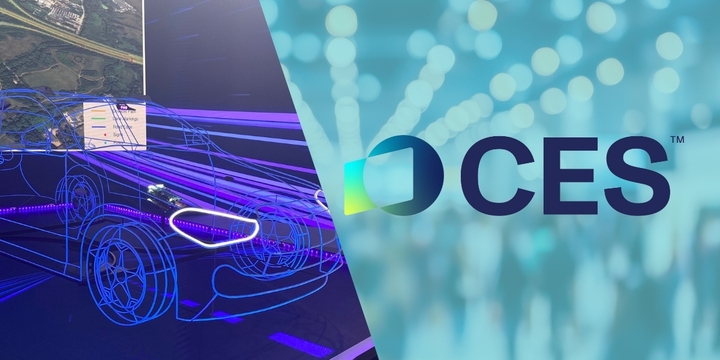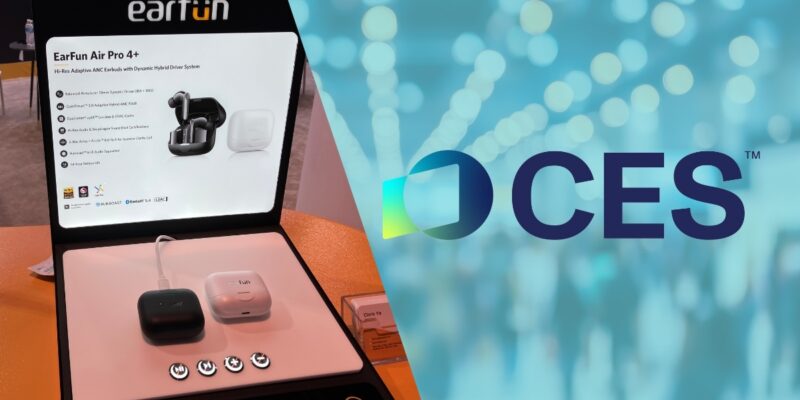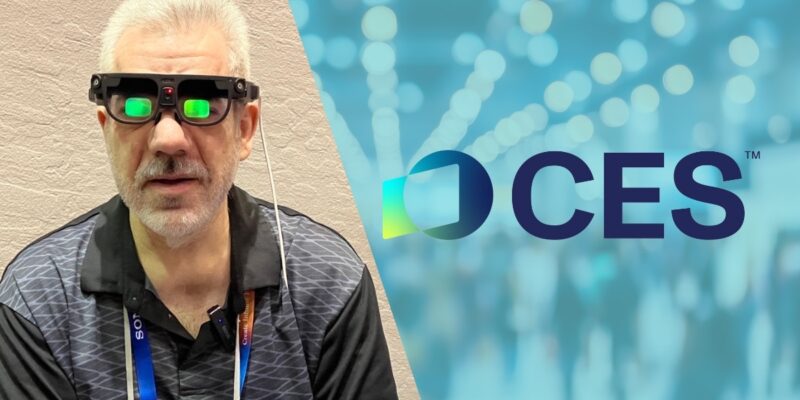Arriving At CES 2025: Reflections From the Inbox

As I arrived in Las Vegas for CES 2025, I was greeted not just by the glittering skyline and the promise of cutting-edge technology, but by the echoes of an inbox that’s been flooded for months. Being on the CES Media and Analyst email list is a privilege, but it comes with a deluge of communications from exhibitors, companies, PR firms and others vying for attention. It’s an annual ritual for those of us in the analyst community — a torrent of pitches, meeting requests and announcements that begins months before the show and intensifies as the event approaches.
I make it a point to read every email. Yes, every single one. While most fade into the digital ether, a few pique my interest enough to warrant a reply. My focus tends to gravitate toward topics I cover at CES — think headsets, cameras and other transformative AV and collaboration technologies. Robot vacuum cleaners and/or toothbrushes for toddlers? Not so much. But this year, the tone and content of many emails have highlighted a troubling trend: the oversaturation of AI.
The AI Avalanche
For the past two months, my inbox has been inundated with emails that sound like variations of the following:
“At CES 2025, our company will be there to show you how we have applied AI to our device to make us the leader in the AI space. Would you like to schedule a demonstration?”
Or worse:
“Our company leadership will be attending CES 2025 and would be happy to meet with you and brief you on why AI is changing the [insert buzzword here].”
These pitches are relentless, often coming from non-exhibitors who aren’t even showcasing products at CES. They just want a slice of my time to talk about how they are reshaping the AI landscape. The problem? They’re not offering anything tangible, and the messaging has become as predictable as it is uninspiring.
Overhyped, Oversaturated, Overlooked
Let me share a little secret about AI: It’s not just overhyped — it’s oversaturated. The incessant claims of being an AI leader, of pioneering new AI capabilities, all blend into a cacophony of bland sameness. Without tangible differentiation or clear monetization strategies, these pitches are destined to be ignored, not just by me, but likely by many other analysts and reporters.
In fact, the most compelling email I could imagine receiving would start like this:
“We have no intention of wasting your time blowing AI smoke at you.”
That, at least, would stand out.
The oversaturation of AI isn’t just anecdotal. Earlier this year, multiple surveys (like this one) revealed that adding “AI” to a product name or tagline can actually diminish its perceived value in the eyes of consumers. When every company claims to lead in AI, the term loses its meaning.
Lessons from the Metaverse
This AI hype reminds me of the “metaverse” frenzy a few years back. For a time, it seemed like every company was staking its future on virtual worlds. The word “metaverse” was added to just about every other exhibitor’s booth. But the buzz died down, and the concept quietly faded into obscurity. I suspect AI, particularly the overhyped generative variety, will follow a similar trajectory.
That’s not to say AI isn’t important – it absolutely is. But like electricity, it’s destined to become a foundational technology that powers countless innovations without fanfare. You don’t see companies boasting, “Our devices use electricity!” because it’s a given. AI will likely settle into a similar role, quietly enabling advancements across industries without dominating headlines or press releases.
Seeking the Real Trends
Despite the noise, my greatest hope for the rest of this week at CES 2025 is to uncover the real trends in technology — the innovations that will genuinely shape our lives for years to come. I want to see technologies that solve problems, create new opportunities, and inspire us to think differently about the future.
AI will undoubtedly play a role in many of these breakthroughs, but I’m looking for more than buzzwords. I’m looking for substance…for companies that aren’t just riding the AI wave but are using it thoughtfully to create meaningful value…for innovations that surprise, delight, and challenge us to imagine new possibilities.
CES has always been a place where the future takes center stage, and I’m optimistic that even amid the AI noise, there will be sparks of true innovation to be found. Let’s hope those sparks shine brightly enough to cut through the hype.
The Week Begins
This week, I’ll be navigating the sprawling show floors, attending sessions, and engaging in conversations with industry leaders. If there’s one trend I’m hoping to see, it’s a shift away from oversaturation and toward clarity, focus, and authenticity. Because in the end, it’s not the buzzwords that matter — it’s the breakthroughs.
Everything starts today as I write this. Sunday evening and Monday were the pre-show press days, when we typically attend multiple invitation only press conferences and get a sense from the CTA team of what to expect this year at their Trends presentation and at their “CES Unveiled” event. It has been the start of a week that is as exciting as it is thoroughly exhausting.
If you’ve never been to CES but you’ve been to one of our industry’s trade conferences, think of it as just like InfoComm – but with four expo locations, each of about double infoComm’s size, all going-on simultaneously across an entire city, and every morning and evening full of other private events, demonstration suites and cocktail parties. It is completely impossible for one person to catch all of it.
Perhaps, someday, AI will help make attending CES easier … but I doubt it.
More tomorrow …





